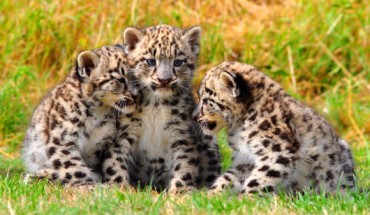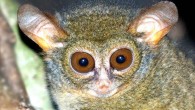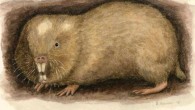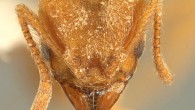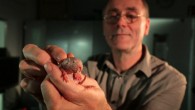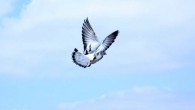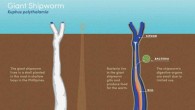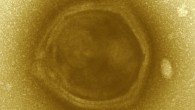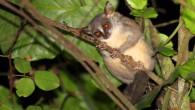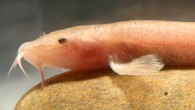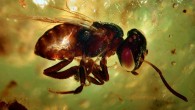There are three different subspecies of the snow leopard (Panthera uncia), the world’s most elusive large big cat, according to a new study published in the Journal of Heredity. According to Janecka et al, the snow leopard (Panthera uncia) is actually three different subspecies. Image credit: Dingopup / The Cat Survival Trust / CC BY-SA 3.0. The snow leopard is most closely related to the tiger (Panthera tigris), having diverged over 2 million years...

